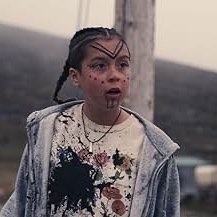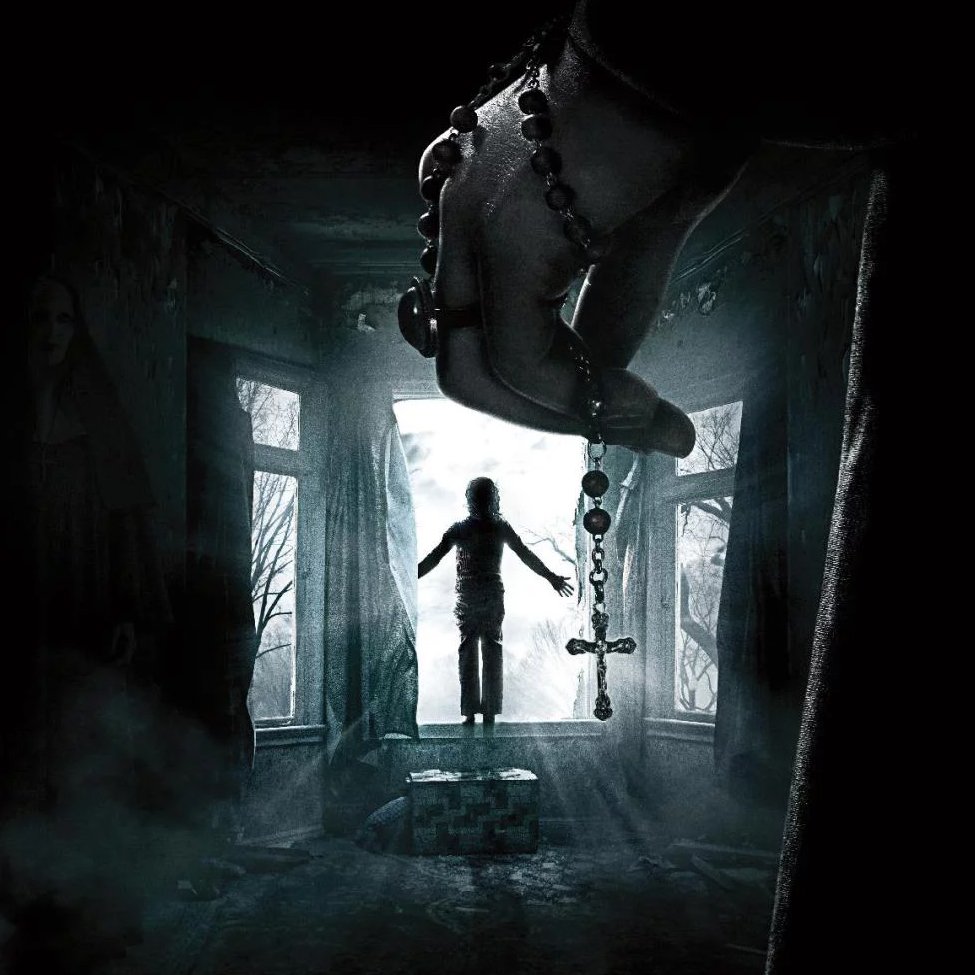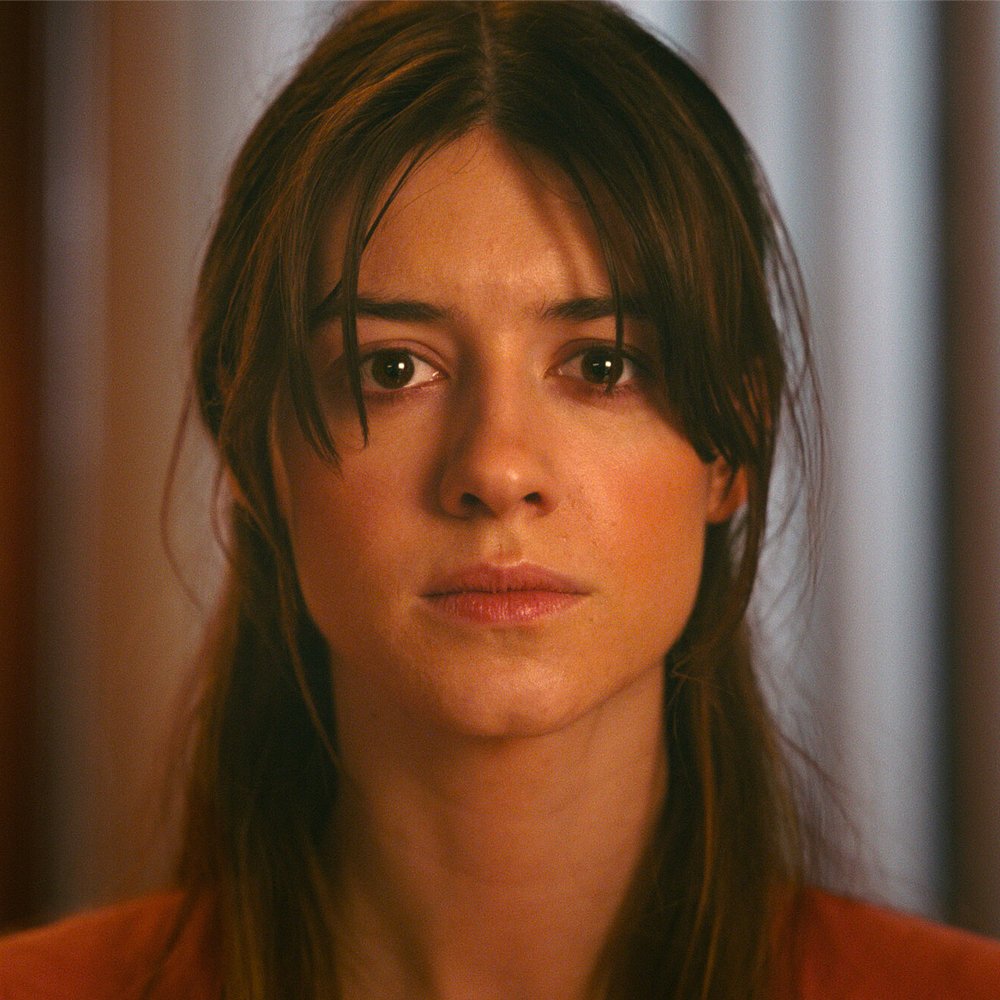PFF25: The Autopsy of Jane Doe
Disclaimer: This review is mildly spoiler-y, so if you don’t want any inkling of what’s to come in this film, you should probably stop reading right about now.
Death is a nasty business, as The Autopsy of Jane Doe makes clear for us in its opening scenes. Ribs are cracked, organs are hacked, and raw flesh is peeled back, set to the beat of classic rock. The duo doing the dirty work is the father and son team of Tommy (Brian Cox) and Austin (Emile Hirsch) Tilden, the latest in a long line of coroners based in Grantham, Virginia. The stench of death surrounds the Tildens both inside and outside their workplace — Stanley, their cat, frequently brings them dead rodents from the woods outside. It doesn’t seem like the pair spend much time with each other outside their basement laboratory and neither do we. Cox and Hirsch establish a sparkling rapport in these early scenes, including a scene in which they introduce a couple of their recent “clients” to Austin’s girlfriend, Emma (Ophelia Lovibond). They weave a world of familiarity between each other that doesn’t necessarily exist on the page.
The Tildens are wrapping up a long day at the lab when Sheriff Sheldon (Michael McElhatton) wheels in an unidentified woman out of their elevator. The woman, the titular “Jane Doe” (Olwen Kelly), was found at a recent crime scene, but was far removed from the actual crimes that took place. There are no visible marks on her body, and rigor mortis hasn’t set in yet, but Sheldon wants to know as much as he can about her before the media madhouse hits him the following day. Father and Son get to work, but the more they learn about their Jane Doe, the more they wish they hadn’t. The film uses its corpse as a puzzle box, with each new revelation more extreme than the last: clouded eyes, shattered joints and a severed tongue are just the beginning in this autopsy report.
What begins as a unique medical mystery film slowly devolves into a generic supernatural thriller. Writers Ian B. Goldberg and Richard Naing write themselves into a corner with all that Jane Doe has to offer the Tildens and resort to the endless possibilities of the supernatural over the limited possibilities of the real. It doesn’t help that they don’t set up the rules of their supernatural elements adequately enough for us to buy into them later. The film jumps from one kind of scare to the next, which only serves to confuse rather than shock. The shift in tone is reflected in the film’s style. While director André Øvredal (Trollhunter) establishes a strong eerie mood over the buildup of the first half of the film, he is less capable in thriller-mode, especially with his wild, disorienting crosscutting during the action-heavy moments, which leave us to merely observe what happens to the Tildens, rather than experience these events along with them.
All of this seems to suggest that this autopsy isn’t worth watching, but that discredits the fact that Jane Doe tries to be an emotional horror film along the lines of The Babadook. In this film, too, a missing parent looms over the family that remains and we get to see them deal with their loss as they tackle the terror at hand. Where they differ, though, is that this parental absence emerges organically through The Babadook; Jane Doe, on the other hand, shoehorns it in to provide emotional weight to the proceedings. The Tildens are very self-aware genre characters, though, and after a certain number of shenanigans, they wisely decide to leave dead bodies lie. But no amount of self-awareness can save them from the manipulative plot turns that quickly get boring, including a reliance on straw-men antagonists that are right out of a schlocky straight-to-video enterprise. Enough with the walking dead and the shrieking banshees; maybe if we had better horror film antagonists, we would have better horror films in general.




























